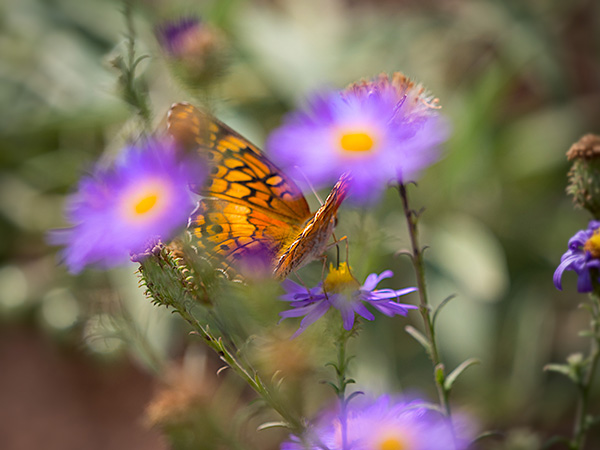
by successfulbob | bird photography, flower photography, Lumix G9, photo walkabout, photography, photography gear, wildlife photography
Long Lens Photography – 100-400mm
I enjoy my long lens for outdoor photography. It’s a beautiful piece of equipment for isolating subjects against a background with nice bokeh. The longer the lens, the easier it is to have an out-of-focus background. The PANASONIC LUMIX G Leica DG Vario-Elmar Professional Lens, 100-400MM, F4.0-6.3 ASPH is a magical lens IMHO.
Here are some images from a walkabout at the Sedona Wetlands. I didn’t find many waterfowl as it was midday and possibly the wrong time of year. In any case, I always try to make the best of any photography situation and started looking for details. There are still some wildflowers scattered throughout. This attracts butterflies, birds, and bees.
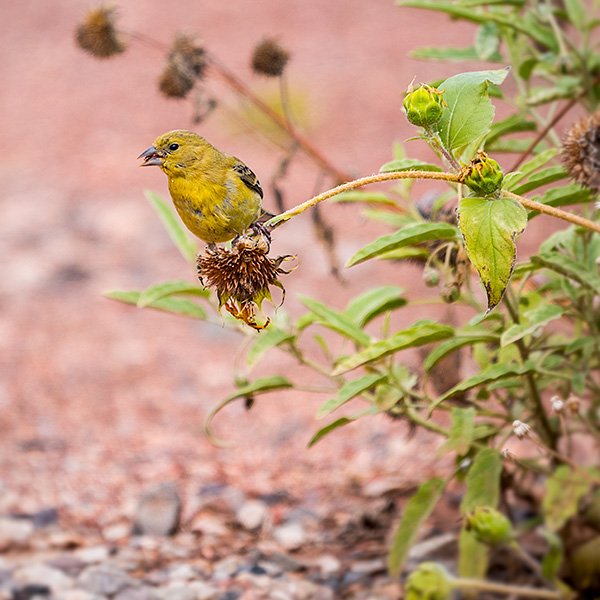 Adult female Lesser Goldfinch snacking on some wildflowers that have gone to seed
Adult female Lesser Goldfinch snacking on some wildflowers that have gone to seed
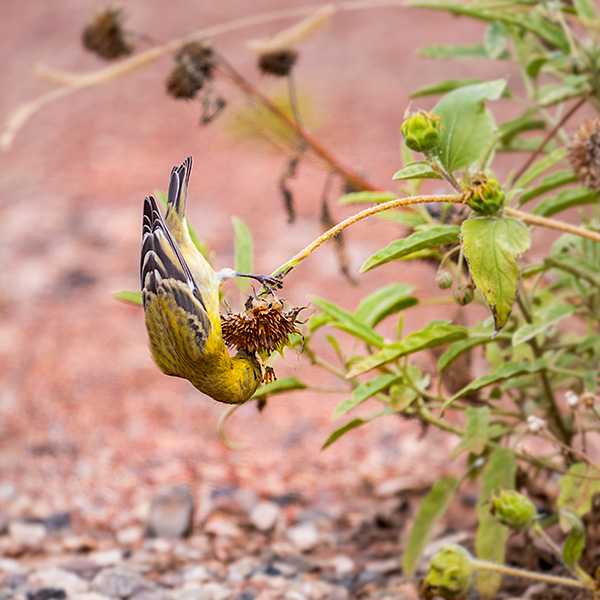 I always look to capture ‘behavior’ photos as well as straight portraits of my feathered friends. Here the Lesser Goldfinch is working to get the seeds free from the plant.
I always look to capture ‘behavior’ photos as well as straight portraits of my feathered friends. Here the Lesser Goldfinch is working to get the seeds free from the plant.
 Butterfly caught with shallow depth of field between the plants.
Butterfly caught with shallow depth of field between the plants.
The butterfly photo was my favorite photo of the day. If you’ve chased butterflies in the wild, you know how difficult it can be to get an interesting image. I tracked this one for a while and looked to ‘sandwich’ the butterfly with DOF. I wanted a sharp subject surrounded by the in and out of focus flowers. This was made more difficult as there were not a ton of flowers in bloom and the wind was making the flowers dance as well. Now that I see the image here I’ll crop in a little tighter and loose the past prime flowers on the right-hand side of the photo.
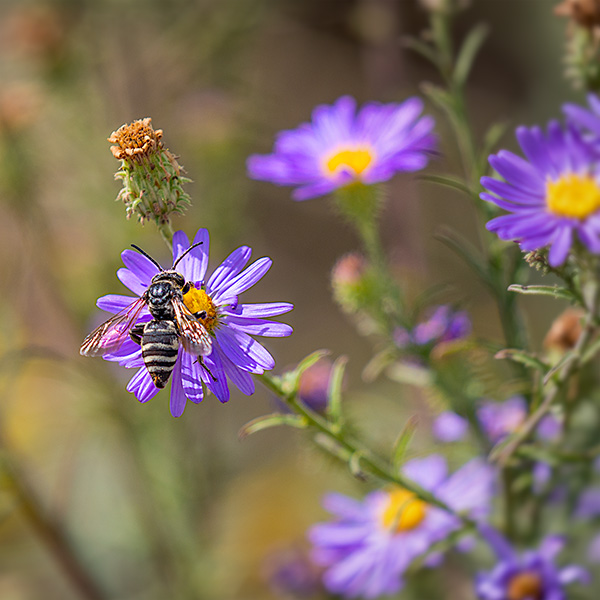 Wasps one of our other pollinators were flitting between the blooms as well as the butterflies.
Wasps one of our other pollinators were flitting between the blooms as well as the butterflies.
I choose this one to share as it has a different color with black and white stripes.
Back to the lens. One complaint I hear about the lens is that it is very stiff to zoom. It was designed that way not to suffer ‘lens creep’ when you hang it from your shoulder. I’ve found a perfect way to change the zoom. Instead of trying to turn the lens, hold the lens and turn the camera. It’s like opening a bottle of champagne where you hold the cork and twist the bottle. Makes it easy and you don’t end up with the lens creep!
When paired with the Lumix G9 you get 6 and a half stops of handholdability. All images were handheld in this post.
Yours in Creative Photography, Bob
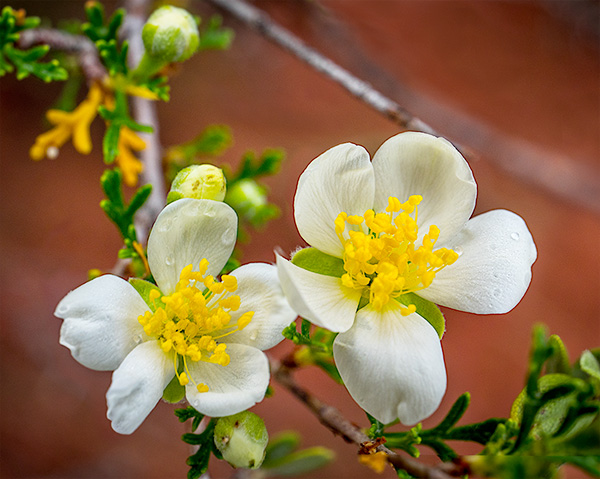
by successfulbob | flower photography, Lumix G9, macro, photography
Extension Tube Macro Photography
OK. Extension tubes don’t necessarily equate to macro photography. But, they can let you focus very close, and in some cases, you can replicate macro photography. Getting in close and showing people things that won’t be noticed by the naked eye can get you some excellent images. If you are not officially into macro photography but want to play, extension tubes are the way to go. Let’s call this close-up photography!
A true macro lens can be anywhere from $700 and up new. A set of extension tubes goes from $7 to $229. I don’t recommend going with the absolute cheapest as the builds seem to be a little rough. (I’ve tried) I’ve found a great set of tubes for about fifty bucks. Vello extension tubes are a great cross in build quality to performance. You can see them here. Vello Micro 4/3rds Extension Tubes
Some examples from a recent hike below
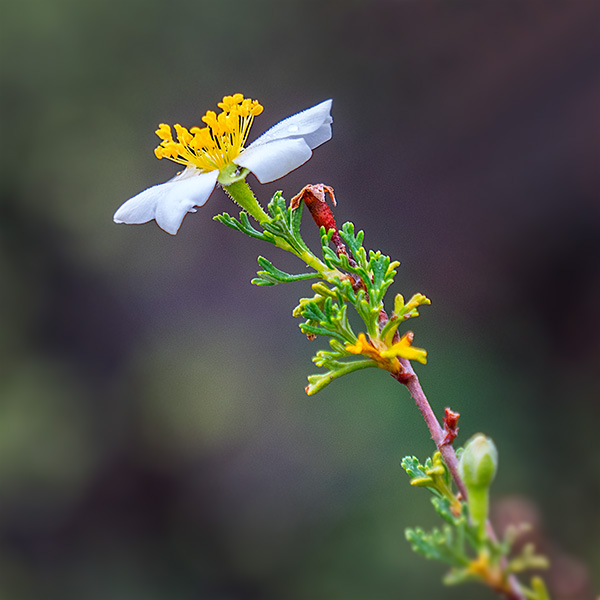 All flowers in this post are smaller than the size of my fingernails. All Images Photographed with the ** Lumix G9 and the 12-60mm Leica DG Vario-Elmarit f2.8-4.0 lens w/ Extension Tubes
All flowers in this post are smaller than the size of my fingernails. All Images Photographed with the ** Lumix G9 and the 12-60mm Leica DG Vario-Elmarit f2.8-4.0 lens w/ Extension Tubes
 Two images blended together to extend the depth of field.
Two images blended together to extend the depth of field.
If I were working the flowers, I would be on a tripod and automatically bracket my focus for subsequent stacking in post-production. In this case, I focused on the front flower and then on the back flower bloom and used Photoshop Layers to blend the two by hand with a mask.
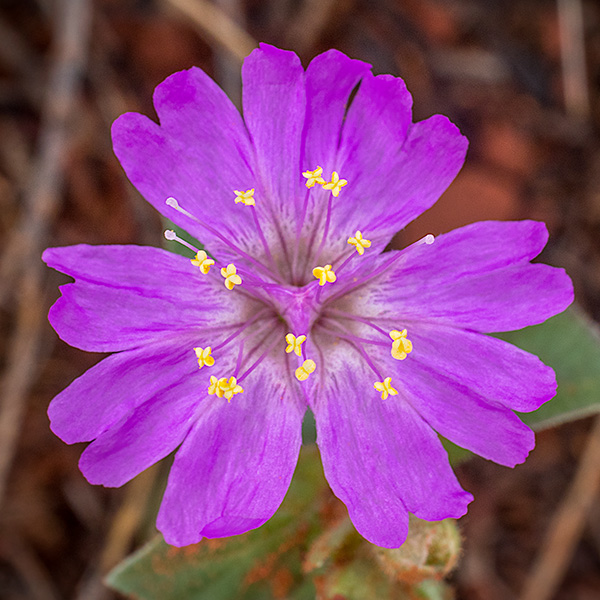 An example of the camera settings. For this image – 1/100th sec F11 ISO 800
An example of the camera settings. For this image – 1/100th sec F11 ISO 800
If you want to go full macro and you are in the micro four-thirds camera systems, I find some beautiful results with the 45mm Leica DG Macro-Elmarit f2.8 lens. BTW, as this lens is a 90mm (35mm equivalent view), it also makes for a nice head and shoulders portrait lens. Dual use is always a winner in my book!
Yours in Creative Photography, Bob
** Lumix G9 Camera is on special for $200 off regular MSRP (not sure how long this will last)

by successfulbob | bird photography, fine art photography, flower photography, imaging competition, photography, photography competition, photography creativity
Professional Photographers of America
Southwest District – Artist Category
The other day I shared the Photographic Open results for the PPA Southwest District Photographic Competition. Today I share my results from the Artist Competition. All four images were judged to be of Merit category quality. They all scored in the low 80’s to earn a District Seal.. Because they did not score above an 85, they will not have a chance to be judged for the PPA Loan Collection. Very proud of these results. With all four being judged a Merit when they are entered into the International Photographic Competition (IPC) I will earn a Bronze medal in the August judging and receive it at the convention next year in Atlanta.
 This image is titled Grand Opening. I’ve been experimenting with some new techniques with art brushes in some of my art.
This image is titled Grand Opening. I’ve been experimenting with some new techniques with art brushes in some of my art.
The judging in the Artist Category is, of course, on the final image but also the transformation from the original to the final is examined for the amount of change and how well those changes to the image were accomplished. That is why there is a reference image. This allows the judges to see the starting point of the project.
 Hummingbird Study is the transformation of a slightly underexposed image of the bird that was extracted from the scene and worked into an artistic background
Hummingbird Study is the transformation of a slightly underexposed image of the bird that was extracted from the scene and worked into an artistic background
 A dragonfly pausing in the morning light becomes transformed with some Layers of texture and various color and lighting treatments.
A dragonfly pausing in the morning light becomes transformed with some Layers of texture and various color and lighting treatments.
 This rose has moved from a photo to a classical feel of a painting. In all cases, there are many renditions of an image as it goes through the transformation process.
This rose has moved from a photo to a classical feel of a painting. In all cases, there are many renditions of an image as it goes through the transformation process.
I participate to keep myself motivated to learn new techniques and ways of processing images so I can stretch my artistic goals. I am so very fortunate to be working in a medium that has the untold potential for transforming images. If I ever felt that I had mastered the medium entirely, it would be time to move on to the next adventure.
Still way too much to learn and share!
Yours in Creative Photography, Bob
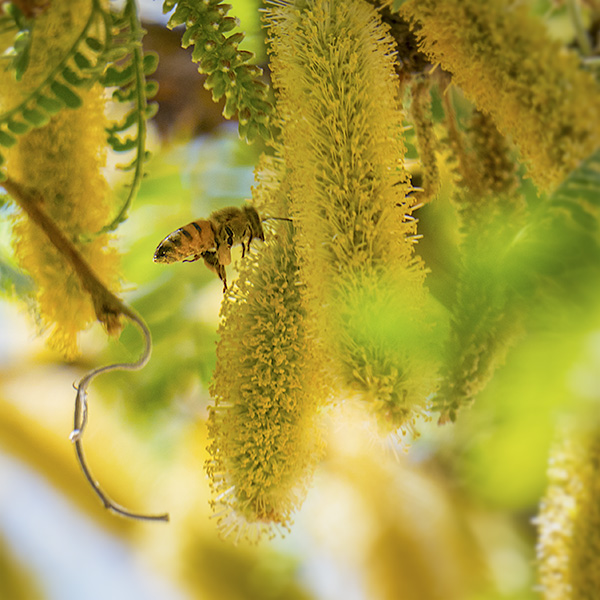
by successfulbob | flower photography, inspiration, Lumix FZ2500, photography, photography creativity
Meet ‘Scoot’
and the visit to the Blooming Mesquite Tree
Here’s my new best friend ‘Scoot.’ Scoot makes it possible for me to move about as I work to rehab my Iliopsoas muscle. The scooter is there for a bit of support when the pain in my a** gets too intense. But mobility leads to some possibilities.
 Meet ‘Scoot’ My new best friend for a while.
Meet ‘Scoot’ My new best friend for a while.
I broke out the Lumix FZ2500 because of its range and all in one 24-480mm f2.8-4.0 Leica DG Vario-Elmarit lens. This is the first time I’ll have a camera in my hands in over a week. Can you say withdrawal?? I had asked my wife Holly to bring a camera to the hospital to document some of the things going on around me. Too much pain, not enough sleep and worrying about the camera being in a hospital environment. My wife told me I was nuts to even think of doing that, once again proving that my wife is the smarter of the people in our marriage… and I was wrong again.
Onward to day’s walk to the end of the driveway. I made it under the mesquite tree and was pausing for a break. Lo and behold I was enjoying the soft fuzziness of the yellow blooms against the beautiful blue sky. Off the get the camera and an excuse for a bit more exercise.
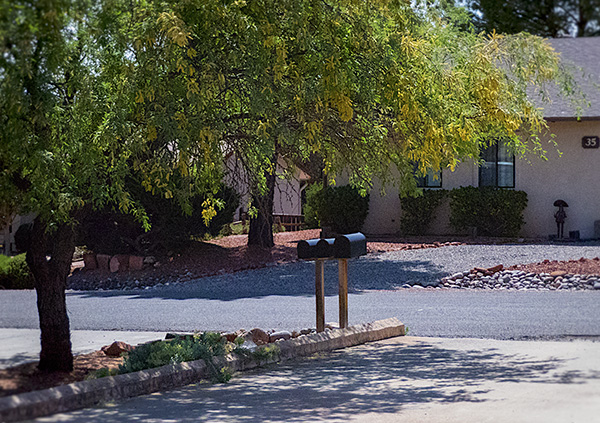 Goal. The shade under the mesquite tree at the end of the driveway.
Goal. The shade under the mesquite tree at the end of the driveway.
Once underneath the blooms, I started looking for some interesting compositions.
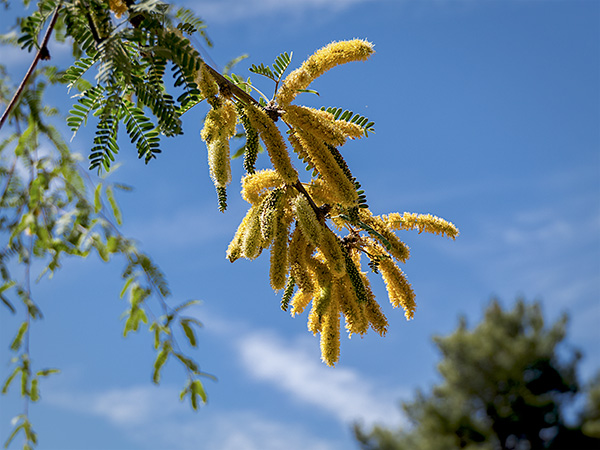 The sharp yet soft bloom of the mesquite against the Arizona blue sky.
The sharp yet soft bloom of the mesquite against the Arizona blue sky.
 A pollinator visits the yellow bloom
A pollinator visits the yellow bloom
I guess I’ll have to be creative find images within this 100-foot circle until I can begin to range further.
Yours in Creative Photography, Bob
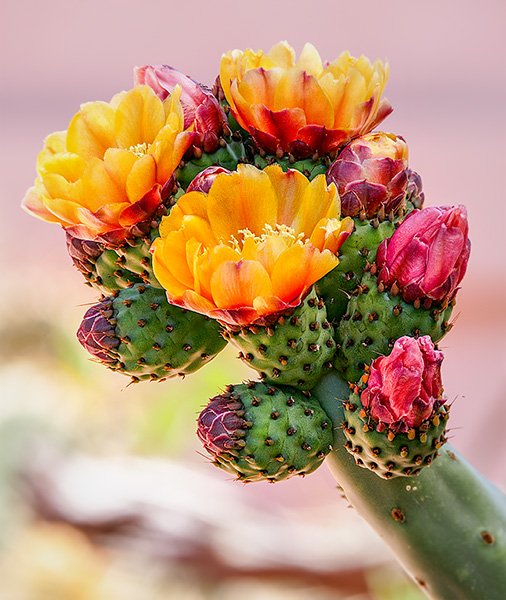
by successfulbob | 6K photo mode, flower photography, LumixGH5, photography creativity, photography gear
Post Focus Photo Mode – Lumix GH5 Part Two
Let’s look at some more examples of using the Post Focus Photo Mode (see part one here).
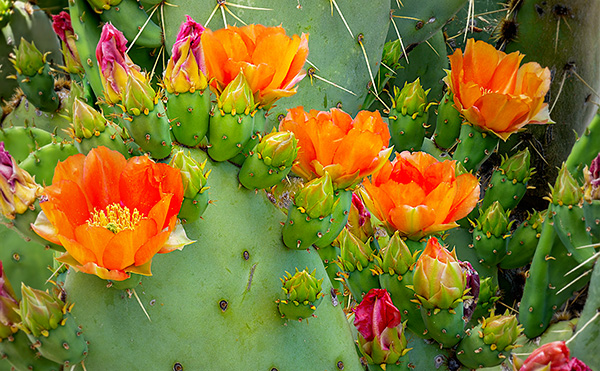 The focus is all throughout the image. Detail works in this case.
The focus is all throughout the image. Detail works in this case.
 With the post focus mode used to capture this image there is still a soft bokeh even though the camera used every focus point in the processing. But because the background is so far in the distance the background stays very soft and all the flowers are super sharp.
With the post focus mode used to capture this image there is still a soft bokeh even though the camera used every focus point in the processing. But because the background is so far in the distance the background stays very soft and all the flowers are super sharp.
I’ve been testing the Lumix GH5 and the Post Focus Mode in which the camera leverages a 6K Photo Mode wherein the camera creates a short video clip using all two-hundred and twenty-five focus points. Any one of these points can be pulled as an eighteen MegaPixel file. Or a range of images choosing a set of focus points. Or even better, it will combine all of the focus points into a fully focus stacked final image. This is an amazing technology to secure a look that is not possible in a regular capture with a camera. I love leveraging this tech to create artistic images.
Yours in Creative Photography, Bob
Save
Save
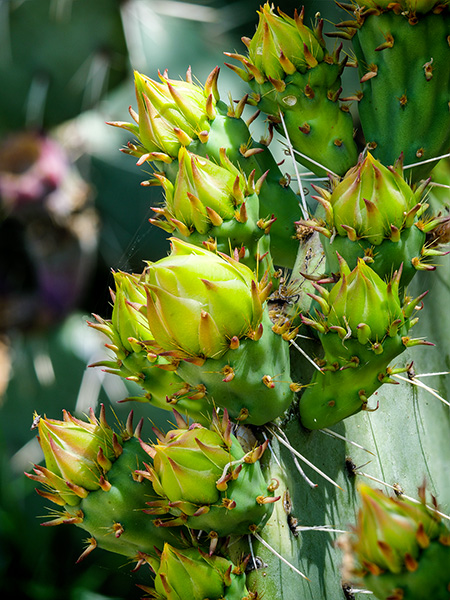
by successfulbob | 6K photo mode, flower photography, LumixGH5, photography
Lumix GH5 Post Focus Mode
This winter and spring have been wonderfully wet in the southwest leading to one of the most wonderful flower bloom seasons in many years. With that said I have been chasing some of those blooms, especially the cactus as they are absolutely beautiful.
I’ve been testing the Lumix GH5 and the Post Focus Mode in which the camera leverages a 6K Photo Mode wherein the camera creates a short video clip using all two-hundred and twenty-five focus points. Any one of these points can be pulled as an eighteen MegaPixel file. Or a range of images choosing a set of focus points. Or even better, it will combine all of the focus points into a fully focus stacked final image. This is an amazing technology to secure a look that is not possible in a regular capture with a camera. I love leveraging this tech to create artistic images.
Let’s take a look at some of the possibilities using my cactus flower friends.
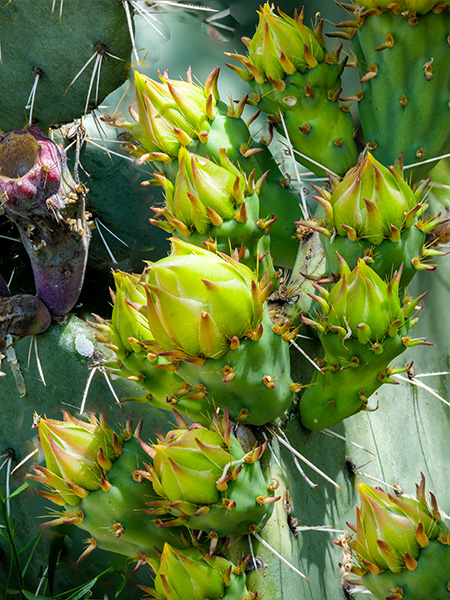 This image has been processed using all the focus points processed in-camera from front to back. This is not necessarily a good look for this particular image as to the field of focus makes too much of the image in focus.
This image has been processed using all the focus points processed in-camera from front to back. This is not necessarily a good look for this particular image as to the field of focus makes too much of the image in focus.
 Another image using the same Post Focus capture but processed with a range of focus points which helped to isolate the subject of the flower buds from the background. The beauty is that this can be processed as many times using different sets of focus points for very different looks. All in the camera!
Another image using the same Post Focus capture but processed with a range of focus points which helped to isolate the subject of the flower buds from the background. The beauty is that this can be processed as many times using different sets of focus points for very different looks. All in the camera!
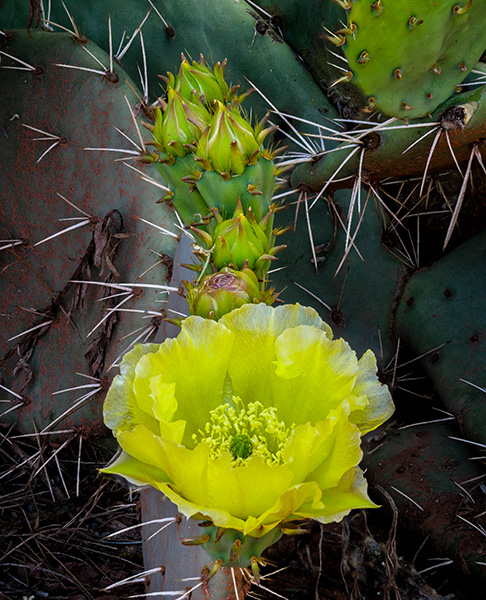 Here is another image with everything in sharp focus. Depending on the story you want to tell this can be a perfect rendition of the scene with all of the thorns in sharp focus. Very prickly.
Here is another image with everything in sharp focus. Depending on the story you want to tell this can be a perfect rendition of the scene with all of the thorns in sharp focus. Very prickly.
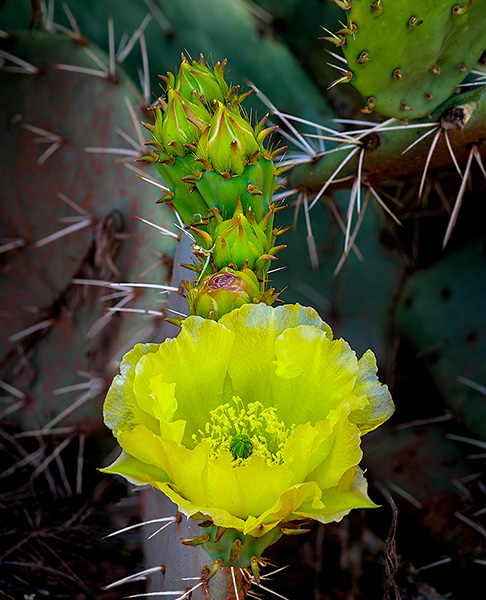 This image has all the important information in focus with the background allowed to be more soft which has a different feel even though it was from the same video capture.
This image has all the important information in focus with the background allowed to be more soft which has a different feel even though it was from the same video capture.
More on this in a few days.
Yours in creative Photography, Bob
Save

 Adult female Lesser Goldfinch snacking on some wildflowers that have gone to seed
Adult female Lesser Goldfinch snacking on some wildflowers that have gone to seed I always look to capture ‘behavior’ photos as well as straight portraits of my feathered friends. Here the Lesser Goldfinch is working to get the seeds free from the plant.
I always look to capture ‘behavior’ photos as well as straight portraits of my feathered friends. Here the Lesser Goldfinch is working to get the seeds free from the plant. Butterfly caught with shallow depth of field between the plants.
Butterfly caught with shallow depth of field between the plants. Wasps one of our other pollinators were flitting between the blooms as well as the butterflies.
Wasps one of our other pollinators were flitting between the blooms as well as the butterflies.





















